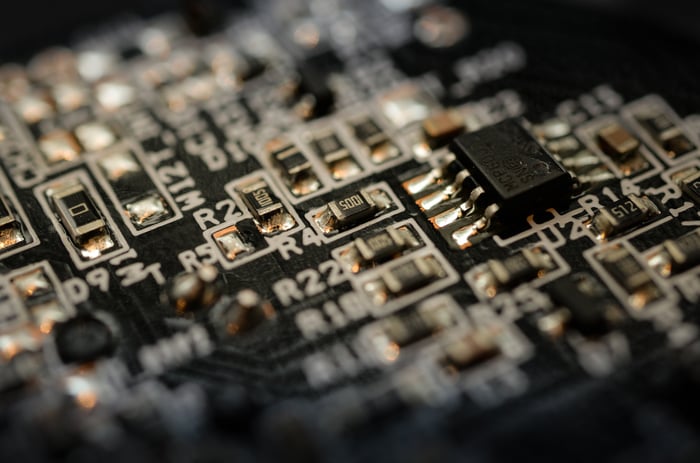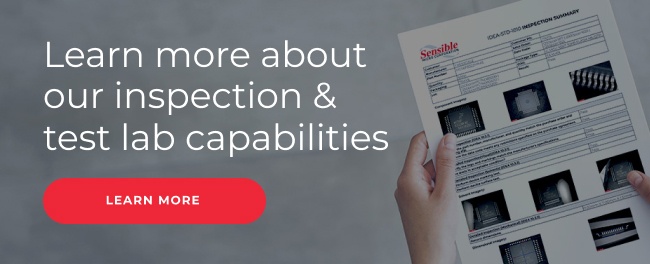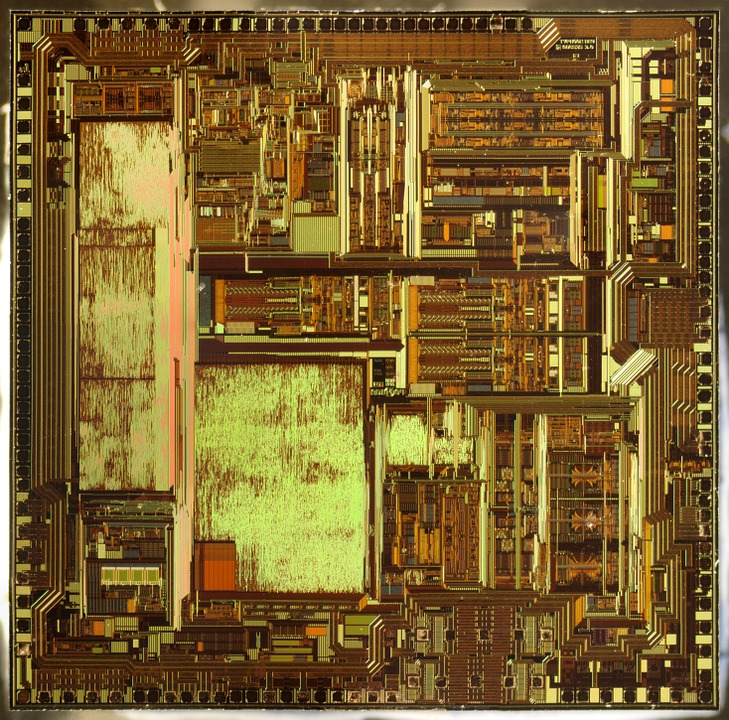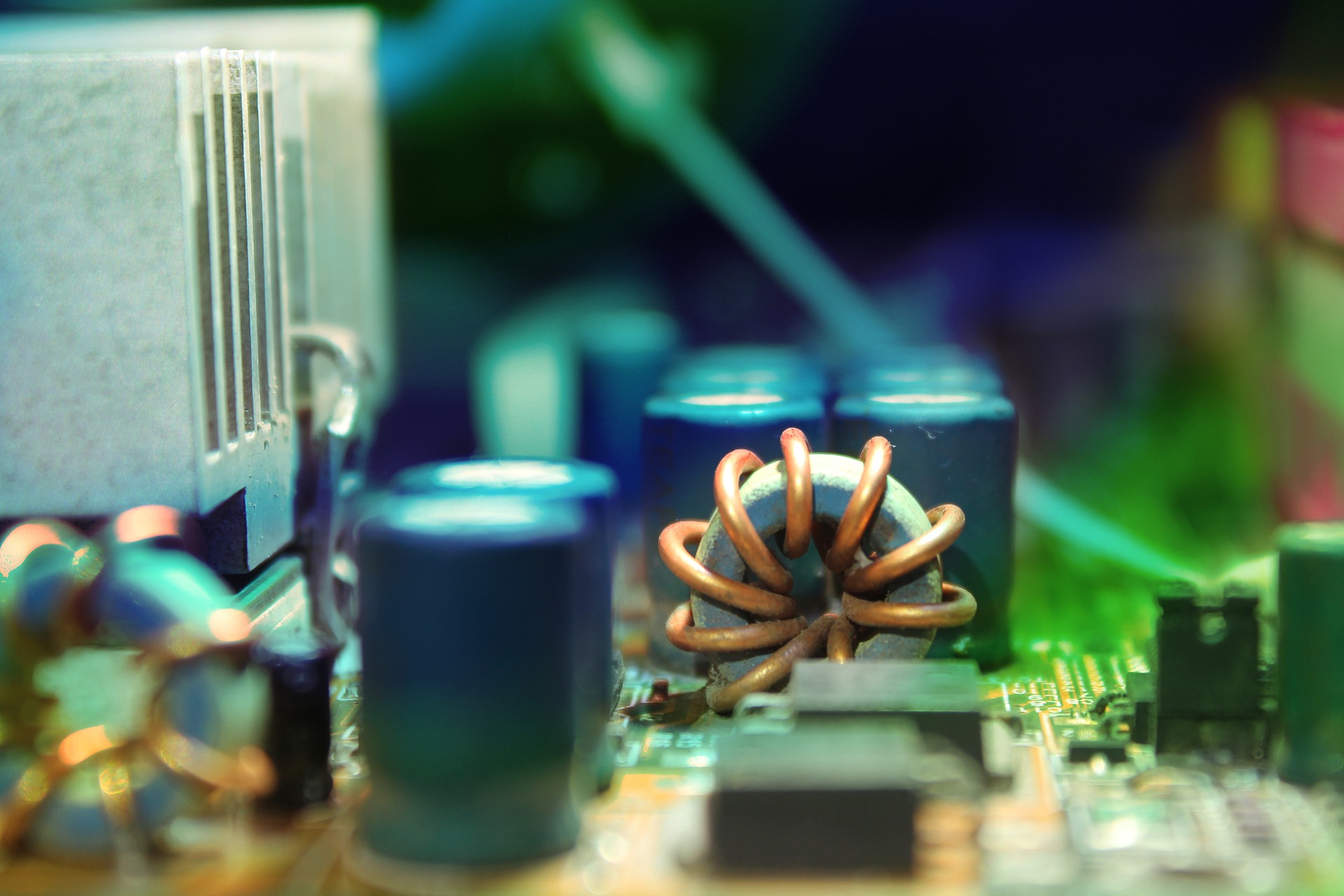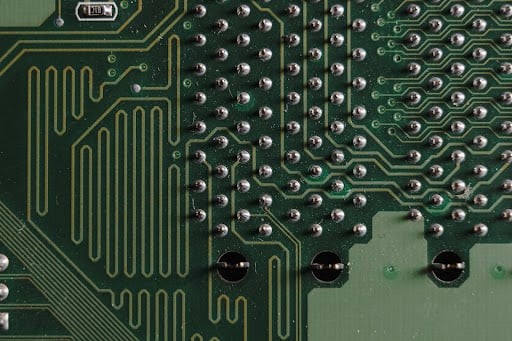The recycling of electronic components is essential to sustainable manufacturing in the semiconductor industry. However, it has also created enormous risks for the supply chain in recent years.
Much of the electronic component waste in the U.S. currently flows overseas to China and other countries that regularly counterfeit American technology. This e-waste is an important material source for counterfeiters, who commonly refurbish and change the markings on old components, then repackage them and reintroduce them to military and civilian U.S. supply chains as genuine, superior parts. Because counterfeiters use similar components to the ones they’re imitating, these parts may even pass initial functional testing without detection.
Federal Action on Recycled Electronic Components
The Secure E-Waste Export and Recycling Act (SEERA) has recently entered consideration in the U.S. senate. The bipartisan legislation aims to grow domestic processing of recycled electronic components, keep jobs on U.S. shores, and reduce the unsecured disposal of e-waste abroad. If passed, SEERA would require domestic recycling of untested, nonworking e-waste, depriving bad actors overseas of an important resource for their counterfeit products.
However, federal legislation alone will not put a full stop to counterfeiting operations that have ramped up amid the supply chain disruptions of the last few years. It’s the responsibility of every supplier, manufacturer, and OEM to ensure the integrity of the components they order. General Counterfeit Avoidance Testing (GCAT) is a key defense against mislabeled and suspect parts.
Marking Permanency Tests
There are several industry-proven methods for discovering non-authentic markings and coating processes on electronic components. A marking permanency test detects anomalies of the surface integrity through a combination of basic scrape tests and swabbing with mineral spirits, alcohol, or acetone. Such test methods are highly effective at revealing re-marks, blacktopping, sanding, and mold cavities on components.
The dilemma is that counterfeits based on recycled electronic components are becoming ever-harder to detect. Counterfeiters gradually learn and adapt to changing testing, manufacturing, and production techniques. Not all of today’s re-markings will dissolve with simple acetone. In some cases, more advanced surface integrity screening is necessary to identify illicit re-markings.
Heated Solvents Analysis
This technique involves super-heating a mixture of chemicals, which are then applied to a component’s surface to reveal remarking that failed to dissolve with basic marking permanency tests. A heated solvents test is an aggressive marking permanency detection method that ensures a component’s surface integrity has not been tampered with in any way. In combination with acetone and scrape tests, this advanced surface integrity screening confirms that no blacktopping or remarking has occurred.
Protect Your Supply Chain With Sensible Micro
Every single order our customers place is subjected to a 72-point IDEA-STF-1010-B visual confirmation procedure, high-powered microscopy, and marking permanency tests. Sensible Micro takes avoiding counterfeit electronic components seriously, so our team of IDEA-ICE-3000 certified inspectors is ready to work closely with you to develop a custom test strategy with the anti-counterfeiting solutions that work best for your business.
Contact us today to let us know what you need, and we’ll source and test authentic, high-quality parts from our globally trusted network of vetted suppliers.















